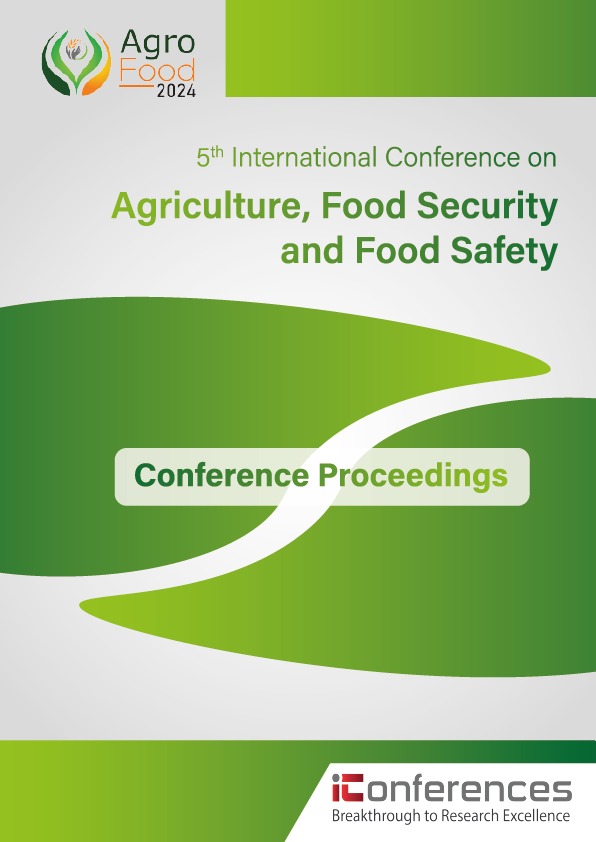Bear Conservation and Agricultural Sustainability: A Strategy of Strategic Fruit Planting
DOI:
https://doi.org/10.32789/agrofood.2024.4101Keywords:
Asiatic black bear, Human-wildlife conflict, Food, Diet, AgricultureAbstract
The Asiatic black bear, a key frugivorous species, crucial for conservation, faces rising conflicts with farmers due to declining fruit resources in its habitat, leading bears to agricultural lands. This results in increased fallow land and reduced food production as farmers abandon farming. We systematically reviewed literature (n=74) from 1990–2021, from key academic databases like Google Scholar, Scopus, and Web of Science, in English language, relevant to bear diet and conservation, and agricultural sustainability, and excluding non-relevant studies or those lacking rigorous scientific methodology, to (i) assess Asiatic black bears' fruit diets and (ii) recommend sustainable solutions for farmer-bear conflicts, and promoting agricultural resilience. Most literature on bears' fruit diets was published in the last decade, emphasizing their heavy reliance on plant fruit families (n=40), notably Rosaceae with dominant Relative Frequency of Occurrence (RFO=0.29), and various fruit types (n=10) like berries (n=82), drupes (n=38), & nuts (n=33). To promote coexistence and conservation, we recommend planting more of these fruits in bear habitats along with implementation conflict mitigation measures in farmland. This approach aids bear conservation, reduces conflicts, fosters ecological balance, and supports sustainable agriculture and farmers' livelihoods.


